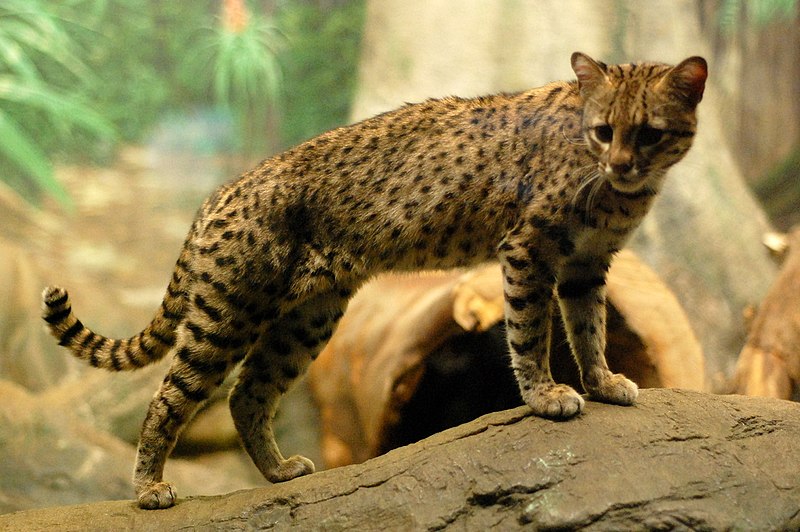
Geoffroy’s Cat Facts
- First of all, one important fact must be pointed out about the remarkable Geoffroy’s Cat. Despite the size and appearance of this particular feline, it remains a wild cat, and not a domesticated species.
- Yet another fact sets it apart from many other species of wild feline. That’s the fact that, quite fortunately, the IUCN presently lists it as a Species of Least Concern, on its Red List of Threatened Species.
- This pleasant surprise, in an age when many related species find themselves imperiled, occurs due to a combination of factors. These consist of its comparatively broad range of habitation, and, for the moment, at least, relatively large population base.
- Also, the various local governments in its native range declared the small mammal a protected species in the 1980’s. Previously, it had been extensively hunted as part of the international trade in fur.
- However, it does still face the same potential threats that many other species do at this time. Quite understandably, those consist primarily of the ever-increasing threats of climate change and habitat loss.
Related Species
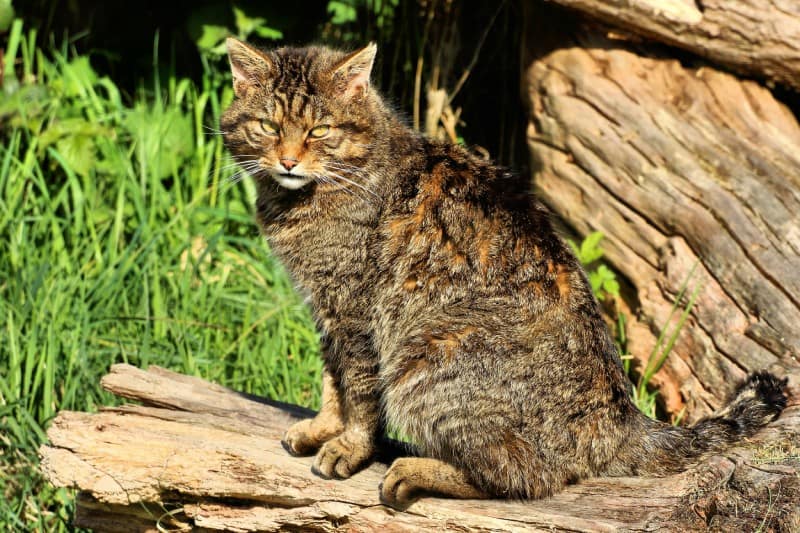
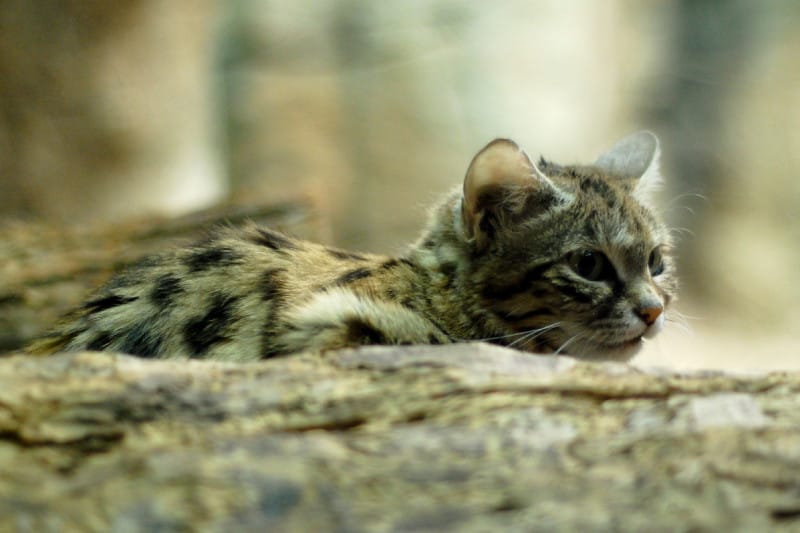
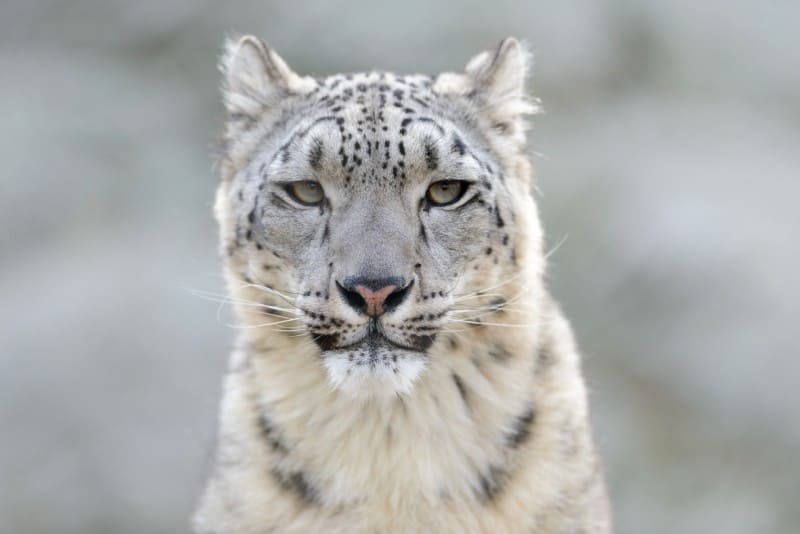
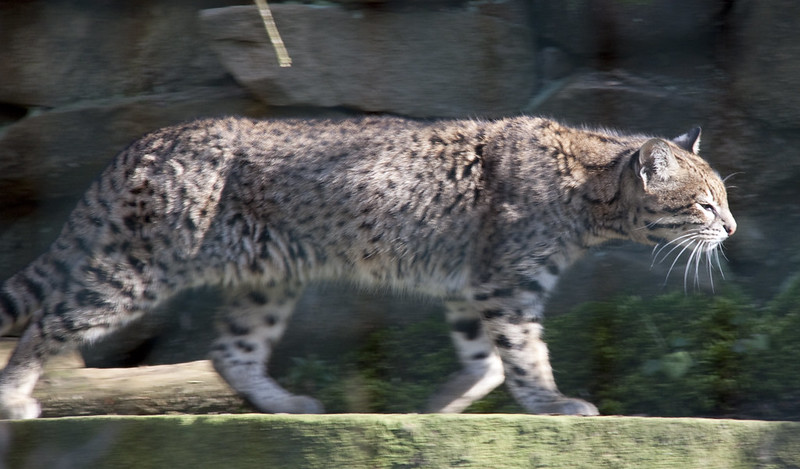
Geoffroy’s Cat Physical Description
Most notably, the wonderful wild feline known as the Geoffroy’s Cat remains one of the smallest of all wildcats. In addition, the animal does display a moderate degree of sexual dimorphism, like many related creatures.
In its case, though sizes vary between individuals, as a general principle, males attain a slightly larger size than females. However, an average head and body length measures about 24 in (60 cm). The tail usually measures around 12 in (31 cm) in length.
Meanwhile, weights often vary rather significantly among different individuals. But, this typically remains between 44. – 11 lbs (2 – 5 kg). Yet, some exceptional individuals attain a weight of as much as 17 lb (7.8 kg).
In appearance, it generally displays a specific pattern, including a background color ranging from grayish to brownish-yellow. Also, the stomach show a cream color, or even white. But, the limbs, tail, head, cheeks, and neck display many dark bands and spots. Finally, even pure black individuals sometimes occur.
- Kingdom: Animalia
- Phylum: Chordata
- Class: Mammalia
- Order: Carnivora
- Family: Felidae
- Genus: Leopardus
- Species: L. geoffroyi
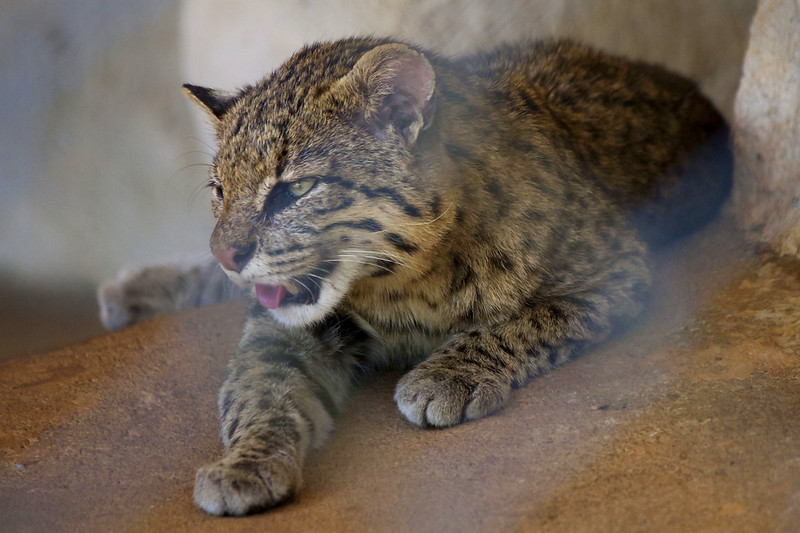
Geoffroy’s Cat Distribution, Habitat, and Ecology
Firstly, the relatively extensive range of the wonderful Geoffroy’s Cat includes specific portions of South America. More specifically, this range includes parts of the countries of Bolivia, Chile, Argentina, Brazil, Uruguay, and Paraguay.
The fabulous feline also displays great adaptability in its habitat selection. That’s because it inhabits different types of habitat in different areas. In one portion of that range the wild cat lives in areas of savanna and pampas.
Meanwhile, in another region it resides in areas of grassland and marsh. But, in the Andes, it lives at altitudes of as much as 12,500 ft (3,800 m). There, the animal lives in regions of scrubland or woodlands.
Furthermore, the marvelous Geoffroy’s Cat evolved as a primarily nocturnal species. It also lives a solitary life, except during mating season. Additionally, each individual, of either sex, tends to have its own specific territorial range.
Despite its small stature, the carnivore remains an apex predator within its range. The animal hunts a variety of small game, such as hares, lizards, rodents, frogs, and even on occasion, insects and fish. Although it can climb trees, it rarely does so, preferring to live and hunt on the ground.
Species Sharing Its Range
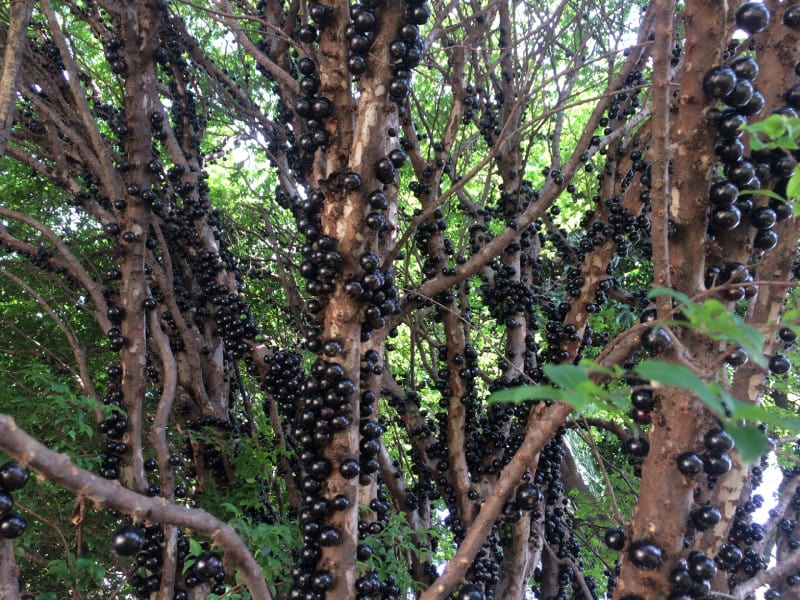
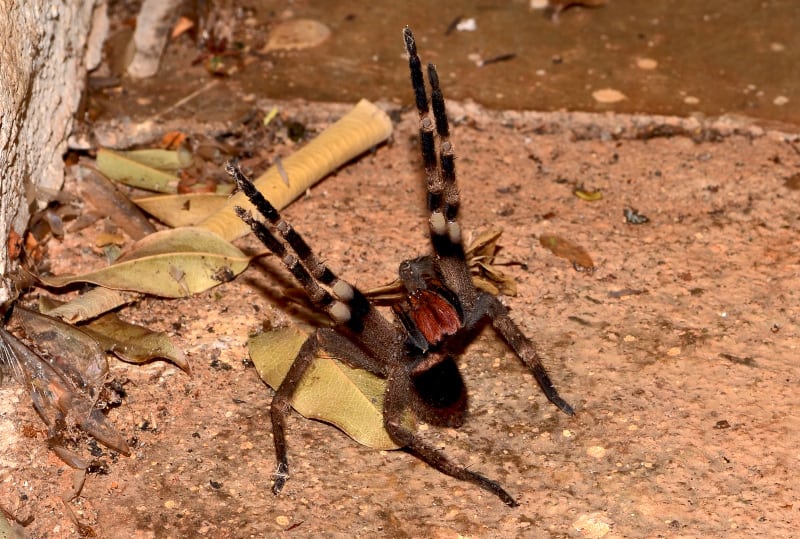
Brazilian Wandering Spider
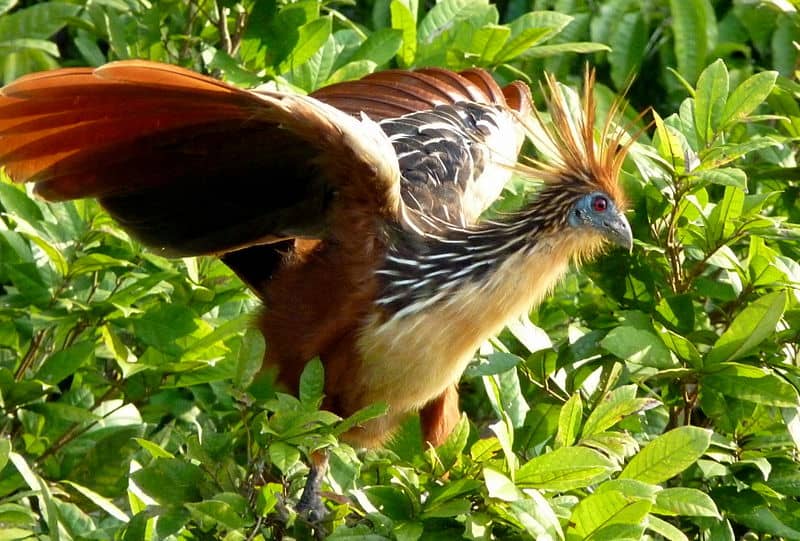
Check out our other articles on 7 Breathtaking Beaches of the World, Giant Manta Ray, Tristan da Cunha, Hummingbird Fuchsia, Reticulated Python, Vietnamese Mossy Frog, Miami Blue









Leave a Reply